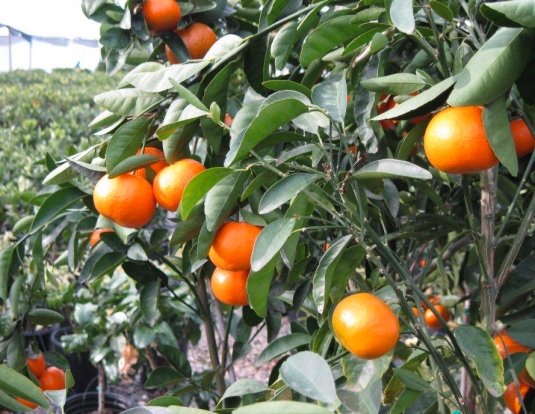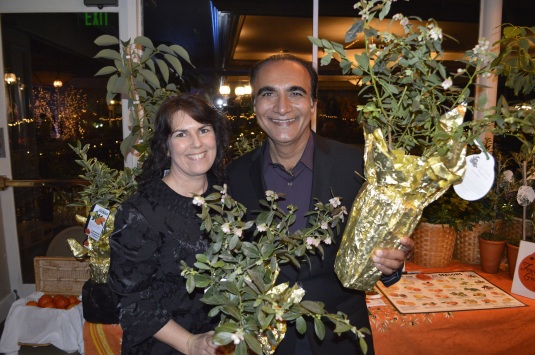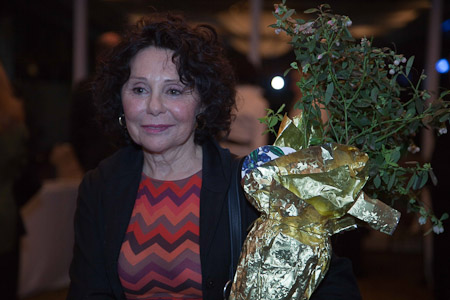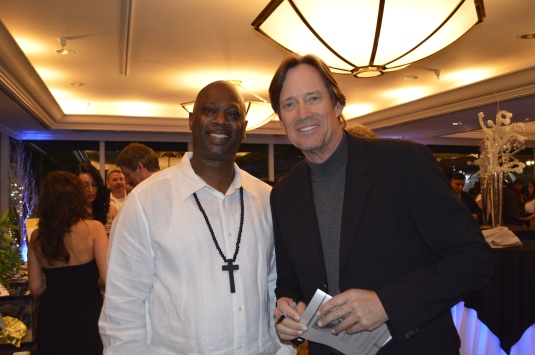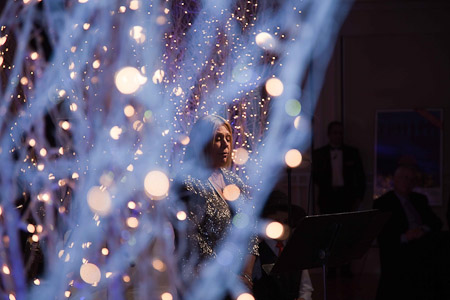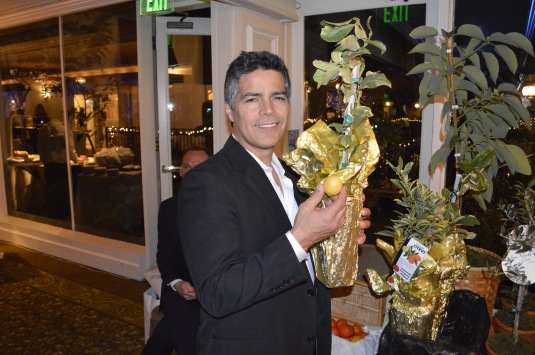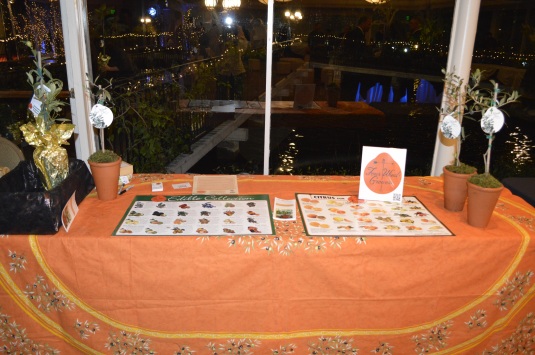Two Years On from the last post already, and this one is decidedly more personal, meandering and aspirational. That’s what feels practical now, as we wait and plan.
I am incredibly fortunate to be on this beautiful island while many others are less fortunate and in acute states of suffering. Yet the Covid-19 situation is just one aspect of our current existential crisis. Despite our daily illusions, it’s plain to see that the dominant exploitative paradigm has endangered not only our atmosphere and our ecosystems, but our mental health. As the human economy’s artificial constructs break down the earth’s wild animals are enjoying greater freedom and safety. The human suffering cannot be calculated and I feel the sadness everywhere. Yet in hopeful moments I imagine a Phoenix rising from the ashes of false economies.
Maybe Covid-19 will be seen later as a precursor event leading to more sustainable systems, like decentralization of local economies and more transparent digital systems. Perhaps harder to imagine: New systems would all be created and lead by smart non-corrupted scientists and specialists. People who aren’t in the pockets of big corporations, but working side by side for the greater good of all, including Nature.
Vandana Shiva and other shunned spokespersons for ethical Earth Based value systems and fair business practices will start getting credit for their wisdom and sensible ideas. Earth Centric Economics and Agroecology knowledge will roll out into the mainstream of consciousness, where people couldn’t imagine being without their kitchen gardens. Wouldn’t it be great if Seed Freedom and Food Democracy weren’t catch words, but became realities? Perhaps a new time in which Gaia is no longer ruthlessly exploited is being born!?
But how do you reprogram a species so bent on destruction, so greedy for more symbolic wealth that it has destroyed the very systems it depends upon?
Alienating effects of humanity’s hubris have made us stupid. This manifests as greediness and needless fears, continual damage to our earthly systems and an endless inability to cooperate (wars). Western narratives falsely alienate us from our Biome. Insects and spiders are often painted with the same broad brush “It’s a bug! Kill it!” (Exterminator consciousness) To me this is no different in essence than the profiling that leads to ethnic cleansing. Entrenched negative biases against huge parts of our Biome cause the cultivation of negative subconscious narratives in most humans, who sadly don’t know better.
Anti-nature messaging is continually exploited in advertising and threatens any possibility we may have to truly and broadly cultivate harmonious relationships with our natural world. You must cherish what you seek to protect. Peoples of most of the cultures alive on earth today have enormous reprogramming work to do. We start by reviewing our own biases and fears. We seek to cultivate a quiet mind. It is a journey in which one never arrives.
Kundalini yoga practice is helping me reach deeper to continue to grow. Grief is still my teacher. Acceptance remains a vehicle into the unknown self.
During the heart meditation for transmuting the world’s suffering, one bears the sign of the sacred Mauna – putting fingers into the shape of a pyrimid, pointing up. Fingers fold to guard each side of the Mountain. Connecting the heart mind and solar chakras, one imagines taking on the suffering of others, transmuting pain in the heart, and then beaming loving compassionate energy back to those who need it. It’s deeply uncomfortable taking on the suffering of others – and yet one should not avoid it. Having the courage to do this practice is said to help cultivate greater compassion. It seems that by identifying more deeply with the suffering of others our prayers become stronger.
For more on Mindfulness, I recommend Pema Chodron’s book, When Things Fall Apart. It is about the path of the Bodhisattva.
I meditate, yet I am a pragmatist in the world. Even if one doesn’t aspire for Bodhisattva status, one is still obliged to do one’s best. ‘Just do what you CAN do’ was a favorite slogan of an old friend. In taking that to heart, please remember to do everything possible to stay healthy, and not be paranoid. Don’t spread the pain. Try to be sensible, but also tolerant and kind. Hurt people hurt people. Remembering this when we are triggered helps us to operate more compassionately and creatively. And the best advice I ever gave still stands: “Get out there and grow some food!”




